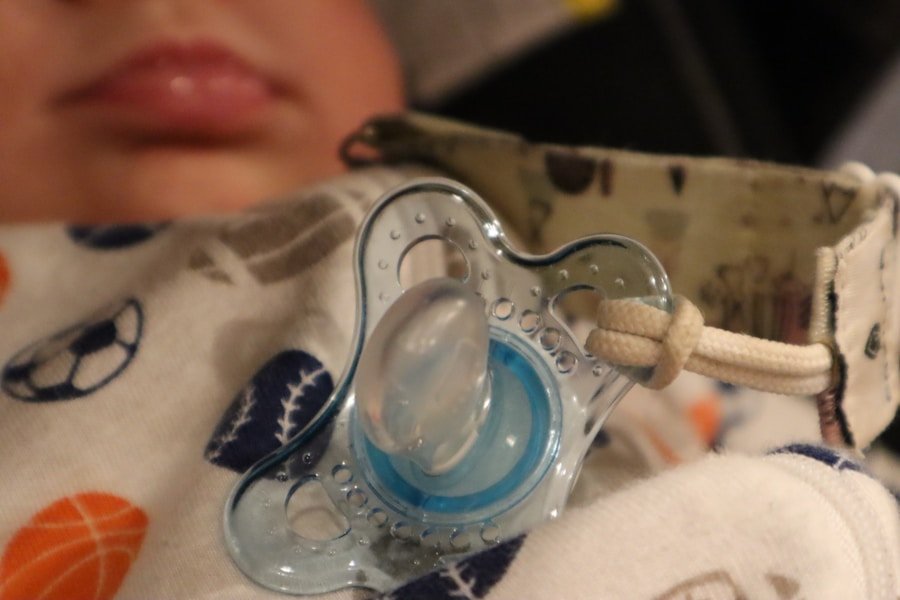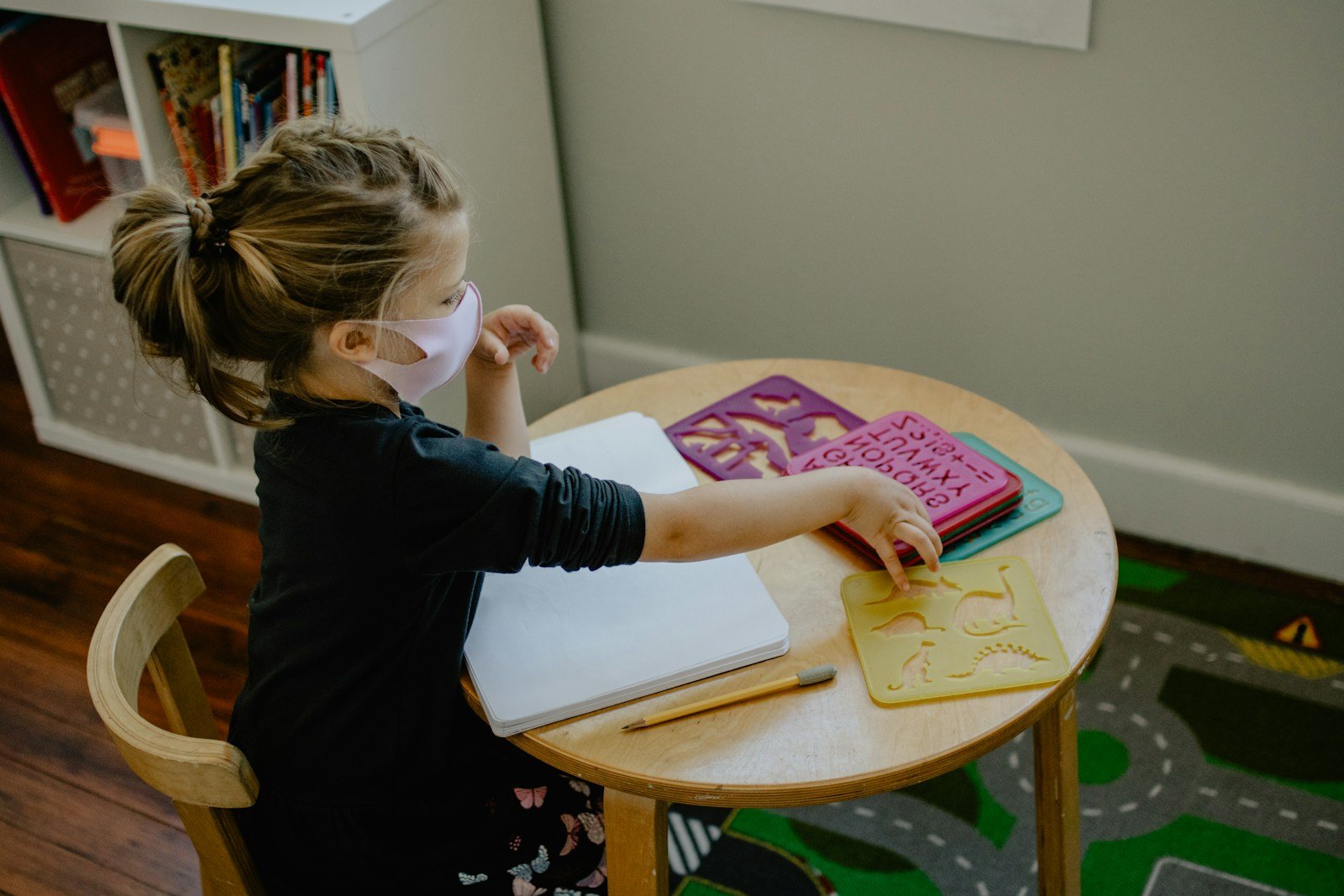Bottle warmers are a convenient and efficient way to heat your baby’s milk to the perfect temperature. They are designed to safely and evenly warm breast milk or formula, ensuring that your baby’s meal is ready in just a few minutes. Bottle warmers come in various shapes and sizes, but they all work on the same principle of using warm water to heat the milk. Some bottle warmers use steam to heat the milk, while others use a water bath. It’s important to understand how your specific bottle warmer works in order to use it safely and effectively.
When using a bottle warmer, it’s important to follow the manufacturer’s instructions carefully. Most bottle warmers have specific guidelines for how much water to use, how long to heat the milk, and what temperature to set the warmer to. It’s also important to use the right size bottle for your warmer, as using a bottle that is too large or too small can affect the heating process. Understanding the basics of how your bottle warmer works will help you use it safely and effectively, ensuring that your baby’s milk is heated to the perfect temperature every time.
Key Takeaways
- Understanding the basics of bottle warmers is essential for safe and effective use.
- Safety precautions, such as checking the temperature and avoiding overheating, are crucial when using a bottle warmer.
- Choosing the right bottle warmer for your needs, whether it’s a portable or electric one, can make a difference in convenience and efficiency.
- Following a step-by-step guide to using a bottle warmer can help ensure that your baby’s milk is heated properly.
- Tips for maintaining and cleaning your bottle warmer can prolong its lifespan and keep it safe for use.
Safety Precautions When Using a Bottle Warmer
While bottle warmers are generally safe to use, there are some important safety precautions to keep in mind. First and foremost, it’s important to never leave a bottle warmer unattended while it is in use. Always stay nearby and keep an eye on the warmer to ensure that it is working properly and that there are no issues with overheating. It’s also important to regularly check the warmer for any signs of wear and tear, such as frayed cords or cracks in the heating element. If you notice any damage, it’s important to stop using the warmer immediately and have it repaired or replaced.
Another important safety precaution when using a bottle warmer is to always test the temperature of the milk before feeding it to your baby. This can be done by shaking a few drops of milk onto the inside of your wrist to ensure that it is not too hot. It’s also important to never heat breast milk or formula in the microwave, as this can create hot spots in the milk that can burn your baby’s mouth. By following these safety precautions, you can ensure that you are using your bottle warmer in a safe and responsible manner.
Choosing the Right Bottle Warmer for Your Needs
When it comes to choosing a bottle warmer, there are several factors to consider in order to find the right one for your needs. One of the most important factors to consider is the size and shape of the bottles you will be using. Some bottle warmers are designed specifically for narrow or wide-neck bottles, so it’s important to choose a warmer that is compatible with the bottles you have. It’s also important to consider how quickly you need the milk to be heated, as some warmers heat milk more quickly than others.
Another factor to consider when choosing a bottle warmer is whether you want a portable or stationary model. Portable bottle warmers are great for on-the-go parents who need to heat milk while out and about, while stationary warmers are better for use at home. It’s also important to consider whether you want a warmer that can heat multiple bottles at once, as this can be convenient if you have twins or multiple young children. By considering these factors, you can choose a bottle warmer that meets your specific needs and makes feeding your baby more convenient.
Step-by-Step Guide to Using a Bottle Warmer
| Temperature Settings | Timer | Compatibility |
|---|---|---|
| Multiple temperature settings to avoid overheating | Built-in timer for precise heating | Compatible with various bottle sizes and materials |
Using a bottle warmer is a simple process, but it’s important to follow the manufacturer’s instructions carefully in order to ensure that the milk is heated safely and effectively. The first step is to add water to the warmer according to the manufacturer’s guidelines. It’s important to use the right amount of water, as using too much or too little can affect the heating process. Once the water is added, place the bottle of milk into the warmer and turn it on. Most bottle warmers have specific settings for different types of milk, so it’s important to set the warmer to the appropriate temperature for the type of milk you are heating.
As the milk heats, it’s important to periodically check on it to ensure that it is heating evenly and that there are no issues with overheating. Once the milk is heated to the desired temperature, remove it from the warmer and test it on your wrist to ensure that it is not too hot. If the milk is at the right temperature, it is ready to feed to your baby. By following these simple steps, you can safely and effectively use a bottle warmer to heat your baby’s milk.
Tips for Maintaining and Cleaning Your Bottle Warmer
In order to ensure that your bottle warmer continues to work effectively, it’s important to regularly clean and maintain it. This can be done by regularly wiping down the inside of the warmer with a damp cloth to remove any residue or buildup. It’s also important to regularly descale the warmer if it has a water reservoir, as mineral buildup can affect its performance. Additionally, it’s important to regularly check the cords and heating element for any signs of wear and tear, and to have any issues repaired by a professional if necessary.
Another important tip for maintaining your bottle warmer is to regularly check for recalls or safety updates from the manufacturer. This can help ensure that your warmer is safe to use and that there are no issues with its performance. By following these tips for maintaining and cleaning your bottle warmer, you can ensure that it continues to work effectively and safely for years to come.
Adjusting Bottle Warmer Settings for Different Types of Milk
Different types of milk require different heating temperatures in order to ensure that they are safe for your baby to consume. Breast milk, for example, should be heated gently at a lower temperature in order to preserve its nutrients and antibodies. Formula, on the other hand, can be heated at a slightly higher temperature without affecting its nutritional value. It’s important to understand these differences in order to adjust your bottle warmer settings accordingly.
Most bottle warmers have specific settings for different types of milk, so it’s important to set the warmer to the appropriate temperature for the type of milk you are heating. This can help ensure that the milk is heated safely and effectively, without affecting its nutritional value. By adjusting your bottle warmer settings for different types of milk, you can ensure that your baby’s meals are always heated to the perfect temperature.
Alternatives to Bottle Warmers for Heating Baby’s Milk
While bottle warmers are a convenient way to heat your baby’s milk, there are also alternative methods that can be used if you don’t have access to a bottle warmer. One alternative method is to heat a bowl of water in the microwave and then place the bottle of milk in the hot water until it reaches the desired temperature. Another alternative method is to run warm tap water over the bottle of milk until it reaches the right temperature.
It’s also possible to heat breast milk or formula by holding the bottle under warm running water from the faucet. This method may take longer than using a bottle warmer, but it can be an effective way to heat your baby’s milk in a pinch. By understanding these alternative methods for heating baby’s milk, you can ensure that your baby’s meals are always heated safely and effectively, even if you don’t have access to a bottle warmer.
FAQs
What is a bottle warmer?
A bottle warmer is a device designed to safely and efficiently heat up a baby’s milk or formula to a suitable temperature for feeding.
How does a bottle warmer work?
Most bottle warmers use steam to heat the milk or formula in a controlled manner, ensuring that it reaches the desired temperature without hot spots or overheating.
Why should I use a bottle warmer?
Using a bottle warmer can help to ensure that your baby’s milk or formula is heated evenly and to the right temperature, making feeding time more convenient and comfortable for both you and your baby.
Is it safe to use a bottle warmer for my baby’s milk?
When used according to the manufacturer’s instructions, a bottle warmer is a safe and reliable way to heat your baby’s milk or formula.
What are the benefits of using a bottle warmer?
Using a bottle warmer can save time and effort compared to other methods of heating baby’s milk, and it can help to avoid the risk of overheating or uneven heating that can occur with microwaves or stovetops.
Are there any precautions to take when using a bottle warmer?
It’s important to always follow the manufacturer’s instructions for your specific bottle warmer, and to regularly clean and maintain the device to ensure safe and effective operation.
Can I use a bottle warmer for breast milk?
Yes, many bottle warmers are designed to safely and effectively heat breast milk to the appropriate temperature for feeding. Always follow the guidelines for safe handling and storage of breast milk.



































